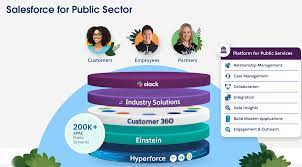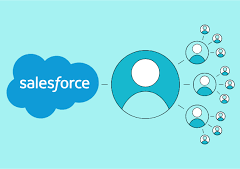Benefits management involves the comprehensive process of identifying, planning, measuring, and tracking benefits from the inception of a program or project investment until the realization of the final projected benefit. Its aim is to ensure that the desired benefits are specific, measurable, agreed upon, realistic, and time-bound. Review Benefit Eligibility When Circumstances Change.
Reviewing benefit eligibility should occur when circumstances change, enabling adjustments to disbursements. Constituents can be easily referred to providers using a guided flow, while gaining insights into caseload trends and community impact can boost caseworker efficiency. Additionally, expediting complaint filing for judicial and investigative cases, and allowing constituents to raise service requests on the public portal, can reduce administrative burdens.
Review Benefit Eligibility When Circumstances Change
To address the needs of eligible constituents, offer monetary benefits in various forms, such as social insurance, tax benefits, subsidies, food and housing assistance, or direct cash assistance. This assistance can be provided through direct or indirect transfers of resources or credits for a specified period.
Eligibility criteria for benefits may include factors like age, income, expenses, household size, and others. Applications are reviewed and screened to approve eligible ones. Benefits are then assigned to eligible applicants, specifying details such as the amount and frequency of the benefit. Configuration options allow benefits to be disbursed automatically for upcoming payment schedules or manually.
Constituents should be enabled to search for benefits they are eligible for, apply for them, and track the status of their applications and assigned benefits. They should also have access to view a schedule of payments they can expect to receive, along with explanations for decisions made.
To set up benefits management:
- From Setup, enter “Benefit” in the Quick Find box and select “Program and Benefit Management Settings.”
- Turn on the option to create and manage programs, benefits, and goals.
- Select “Benefit Disbursement Settings” and enable the creation and management of benefit disbursements.
Reviewing applications for benefit eligibility involves:
- Finding and selecting “Individual Applications” from the App Launcher.
- Selecting a record and opening the relevant PDF from the Attachments related list.
- Reviewing the applicant’s eligibility determination and viewing the net benefit amount they are eligible for in the Decision Explainer Log History component.
- If the applicant qualifies for a benefit, proceed to assign and disburse the net benefit amount.













